turbine hall cranes
Date: 2022-08-18 10:35:21 Source: Weihua Crane
The turbine hall cranes are an important part of the power plant. They are used to move large pieces of equipment in and out of the turbine hall. The cranes are also used to transport coal and other materials to the power plant.
The Idea Of Turbine Hall Cranes.
In the early days of the industrial revolution, factories were often powered by waterwheels. These massive wheels would harness the power of a river or stream to drive the machinery inside the factory. But as factories grew larger and more complex, they began to rely on steam engines to power their machines.
One of the most iconic features of a factory during the industrial revolution was the large turbine hall, where rows of massive turbines would generate the power needed to run the factory. These turbine halls were often filled with enormous cranes, which were used to move heavy machinery and materials around the factory floor.
Today, turbine halls are a bit of a relic from the past, but they still hold a special place in our collective imagination. They are a symbol of the power and majesty of the industrial age, and a reminder of the hard work and ingenuity of the people who made it all possible.
The Benefits Of Using Turbine Hall Cranes.
Turbine hall cranes are one of the most efficient and versatile pieces of equipment that a company can use. Here are some of the benefits of using turbine hall cranes:
1. Increased productivity - Turbine hall cranes allow for a quicker and more efficient workflow, which leads to increased productivity.
2. Increased safety - Turbine hall cranes are much safer to use than traditional methods, such as ladders or scaffolding. This leads to fewer accidents and injuries.
3. Reduced costs - Turbine hall cranes can help reduce both the cost of materials and the cost of labor. This is because they allow for a more efficient workflow.
4. versatile - Turbine hall cranes are versatile and can be used in a variety of different applications.
5. longer life span - Turbine hall cranes have a longer life span than traditional methods, such as ladders or scaffolding. This is because they are made from high-quality materials.
How Turbine Hall Cranes Work.
The cranes in Turbine Hall at the Tate Modern are an iconic sight. But how do they work?
The cranes are actually two giant cantilevered arms, each weighing over 100 tonnes. They are anchored into the Turbine Hall at each end, and can rotate 360 degrees.
The cranes are used to move heavy loads â typically artworks â around the Turbine Hall. They are operated by a team of four people, who use a system of pulleys and ropes to control the movement of the crane arm.
The cranes are a vital part of the operations of the Tate Modern, and are used on a daily basis to move artworks around the Turbine Hall.
The Different Types Of Turbine Hall Cranes.
There are many different types of turbine hall cranes, each with their own unique features and benefits. Here, we take a look at some of the most popular types of turbine hall cranes, and what they can offer your business:
Portal cranes: Portal cranes are one of the most popular types of turbine hall cranes, thanks to their versatility and ability to handle large loads. Portal cranes can be used for a variety of tasks, including lifting and moving heavy machinery, as well as moving and positioning materials around the turbine hall.
Gantry cranes: Gantry cranes are another popular choice for turbine hall cranes, thanks to their stability and ability to handle large loads. Gantry cranes are often used for tasks such as lifting and moving heavy machinery, as well as moving and positioning materials around the turbine hall.
Bridge cranes: Bridge cranes are another type of crane that is often used in turbine halls. Bridge cranes are used to move materials and machinery around the turbine hall, and can also be used for lifting and moving heavy loads.
Jib cranes: Jib cranes are a type of crane that is often used in turbine halls for tasks such as moving and positioning materials around the turbine hall. Jib cranes can also be used for lifting and moving heavy loads.
Wall-mounted cranes: Wall-mounted cranes are a type of crane that is often used in turbine halls for tasks such as moving and positioning materials around the turbine hall. Wall-mounted cranes can also be used for lifting and moving heavy loads.
There are many different types of turbine hall cranes, each with their own unique features and benefits
The Advantages And Disadvantages Of Each Type Of Turbine Hall Crane.
There are many different types of turbine hall cranes available on the market today. Each type has its own advantages and disadvantages that you should consider before making a purchase.
One of the most popular types of turbine hall cranes is the tower crane. Tower cranes are very tall and can reach up to several hundred feet in height. They are perfect for construction projects that require lifting heavy materials to great heights. However, tower cranes are also very expensive and require a lot of maintenance.
Another type of turbine hall crane is the gantry crane. Gantry cranes are smaller than tower cranes and usually only reach up to around 50 feet in height. They are less expensive than tower cranes and require less maintenance. However, they are not as good at lifting heavy materials to great heights.
If you are looking for a turbine hall crane that is both affordable and easy to maintain, then you may want to consider a jib crane. Jib cranes are smaller than gantry cranes and can only reach up to around 20 feet in height. However, they are very easy to operate and require very little maintenance.
No matter what type of turbine hall crane you decide to purchase, be sure to do your research to find the one that best suits your needs.
Summarize The Pros And Cons Of Using Turbine Hall Cranes.
There are many construction projects that make use of turbine hall cranes. These cranes are designed to be able to handle very large and heavy loads, making them ideal for use in construction projects that require a lot of lifting and moving of heavy objects. However, turbine hall cranes are not without their drawbacks, and there are some potential risks associated with their use. Here is a summary of the pros and cons of turbine hall cranes:
Pros:
1. Turbine hall cranes are very strong and can handle very large and heavy loads.
2. Turbine hall cranes are very versatile and can be used for a variety of construction projects.
3. Turbine hall cranes are relatively easy to operate.
Cons:
1. Turbine hall cranes are very expensive to purchase and maintain.
2. Turbine hall cranes can be very dangerous if not used properly.
3. Turbine hall cranes can cause a lot of noise and disruption during construction projects.
The turbine hall cranes are a key part of the power plant and are used to move the large turbines in and out of the hall. They are an essential part of the power plant and play a key role in its operation.
FAQs About turbine hall cranes
1. What are the benefits of using turbine hall cranes?
There are many benefits to using turbine hall cranes, including their ability to safely and efficiently move large loads, their relative flexibility, and their low environmental impact. Turbine hall cranes can also be used in a variety of settings, including power plants, factories, and warehouses.
2. What factors should be considered when selecting a turbine hall crane?
There are a few things to consider when selecting a turbine hall crane. The first is the height of the crane. You will need to make sure that the crane can reach the top of the turbine. The second is the capacity of the crane. Make sure that the crane can lift the weight of the turbine. The third is the wind speed. Make sure that the crane can handle the wind speed.
3. How do turbine hall cranes compare to other types of cranes?
There are many different types of cranes available on the market today. Each type of crane has its own set of advantages and disadvantages. When it comes to turbine hall cranes, they have a few unique benefits that set them apart from other types of cranes.
For one, turbine hall cranes are designed specifically for handling large, heavy turbine components. This makes them ideal for use in power plants and other industrial settings.
Another advantage of turbine hall cranes is that they are typically very well-built and durable. This means that they can withstand the harsh conditions often found in industrial environments.
Disadvantages of turbine hall cranes include their high cost and the fact that they can be difficult to operate. However, these disadvantages are outweighed by the advantages they offer.
Previous: turbine hall crane
Next: type of overhead crane
NEWS
- Weihua Signed Cooperation Agreement with Anyang Iron and Steel Group Co., Ltd
- How do I choose the right overhead crane?
- Egypt Elsewedy Project Launched Successfully
- Weihua Equipment for Bulk Material Handling Projects
- Weihua Hold China Crane Machinery International Cooperation Development Summit Forum 2019
- Weihua Mobile Roof Panel Machine Export to Cambodia
- Weihua Participates Vertical Garage and Smart Parking Service Exhibition
- Weihua Crane Helps SRTO Project Officially Launched



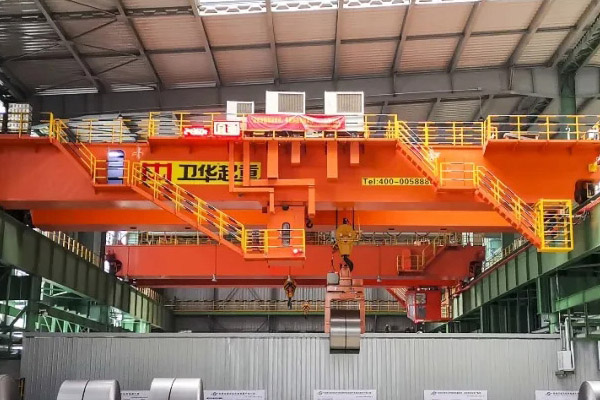
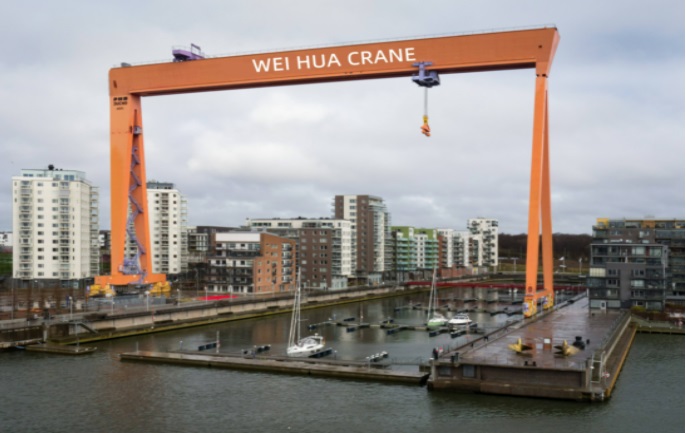
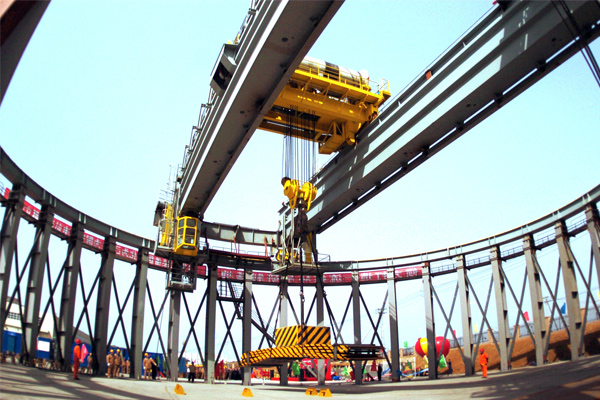
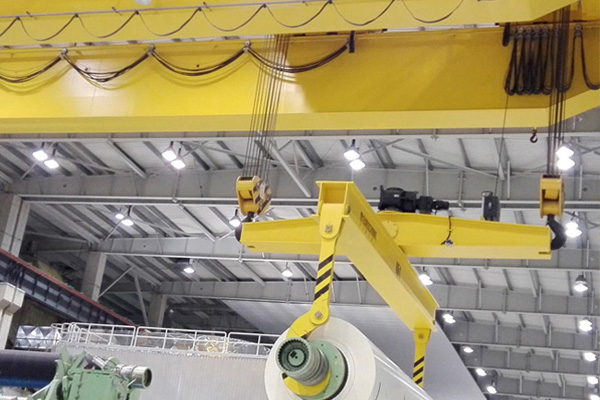
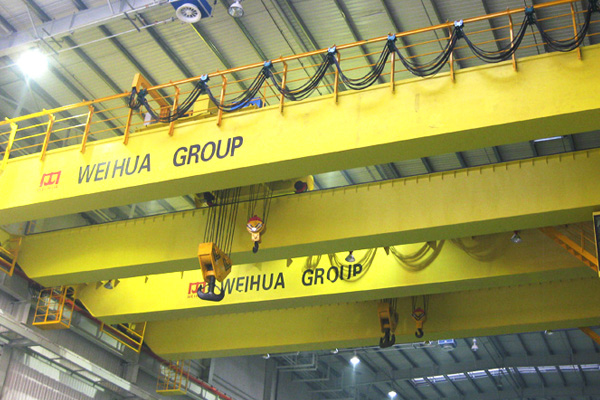
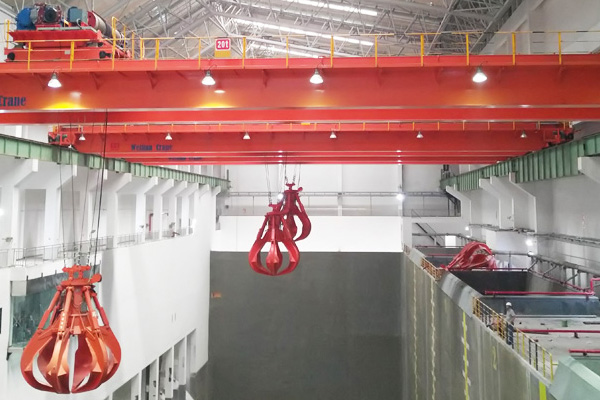
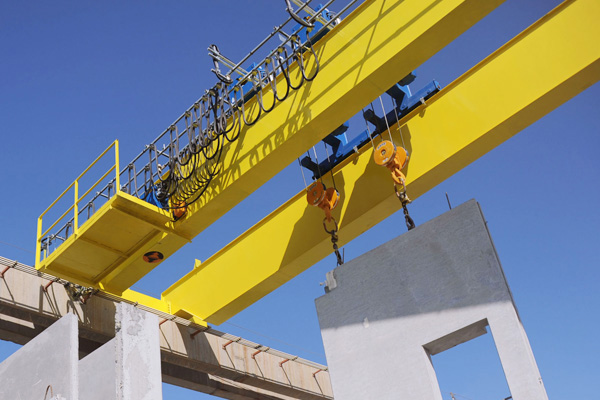

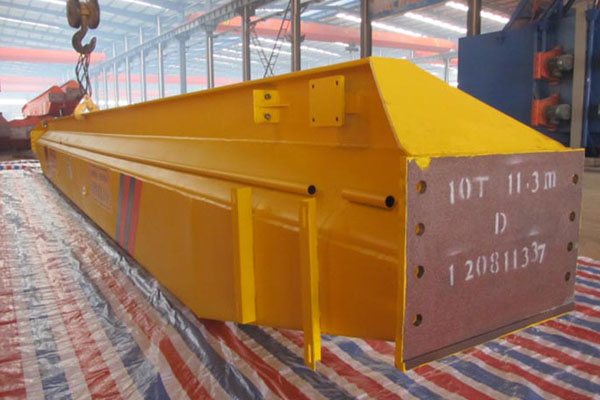
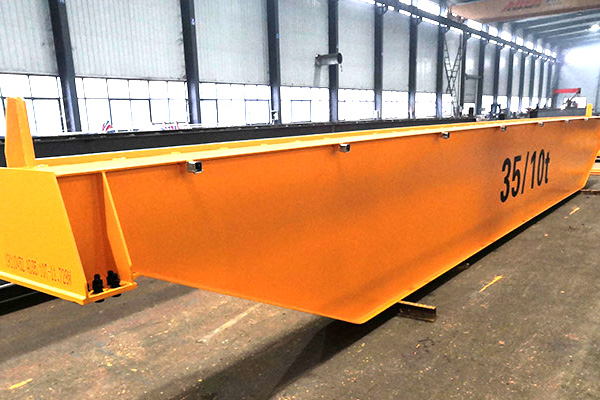
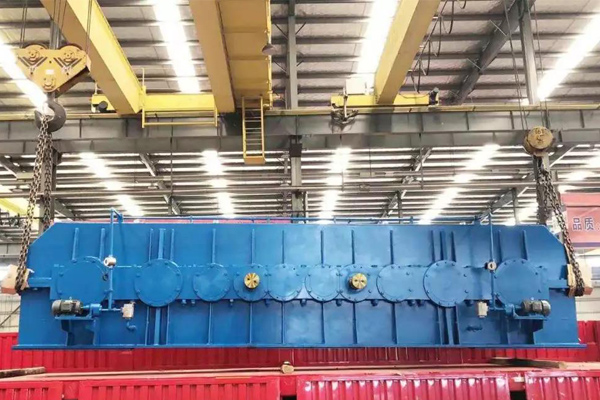
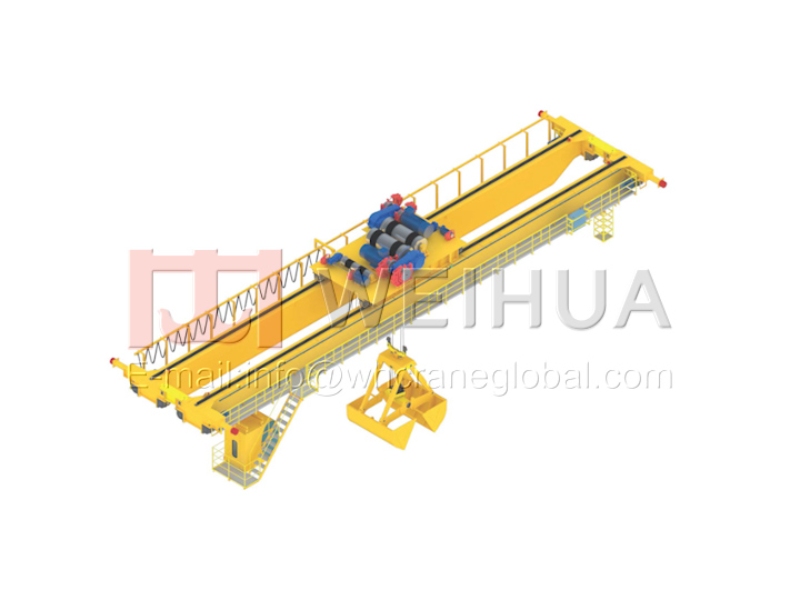

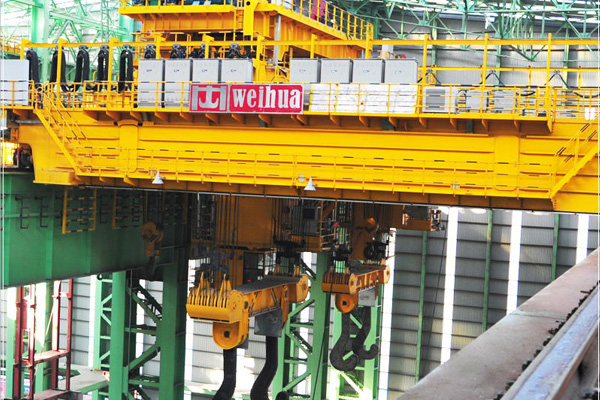
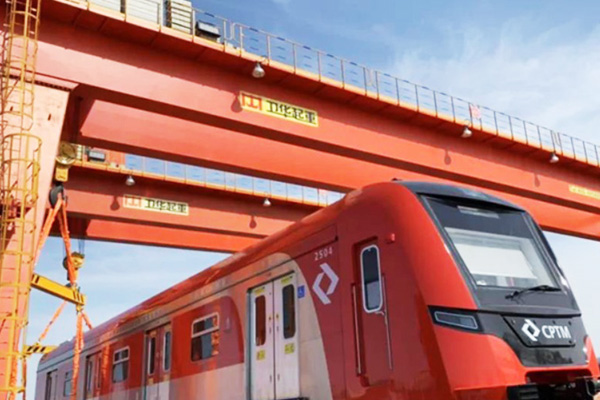



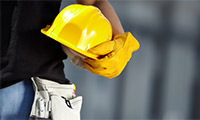





 WhatsApp
WhatsApp Get Quote
Get Quote